AIR POWER 2000 - Hinterstoisser AB / Zeltweg / AUSTRIA
Update: 2020/04/03 by Robert Kysela / CHK6
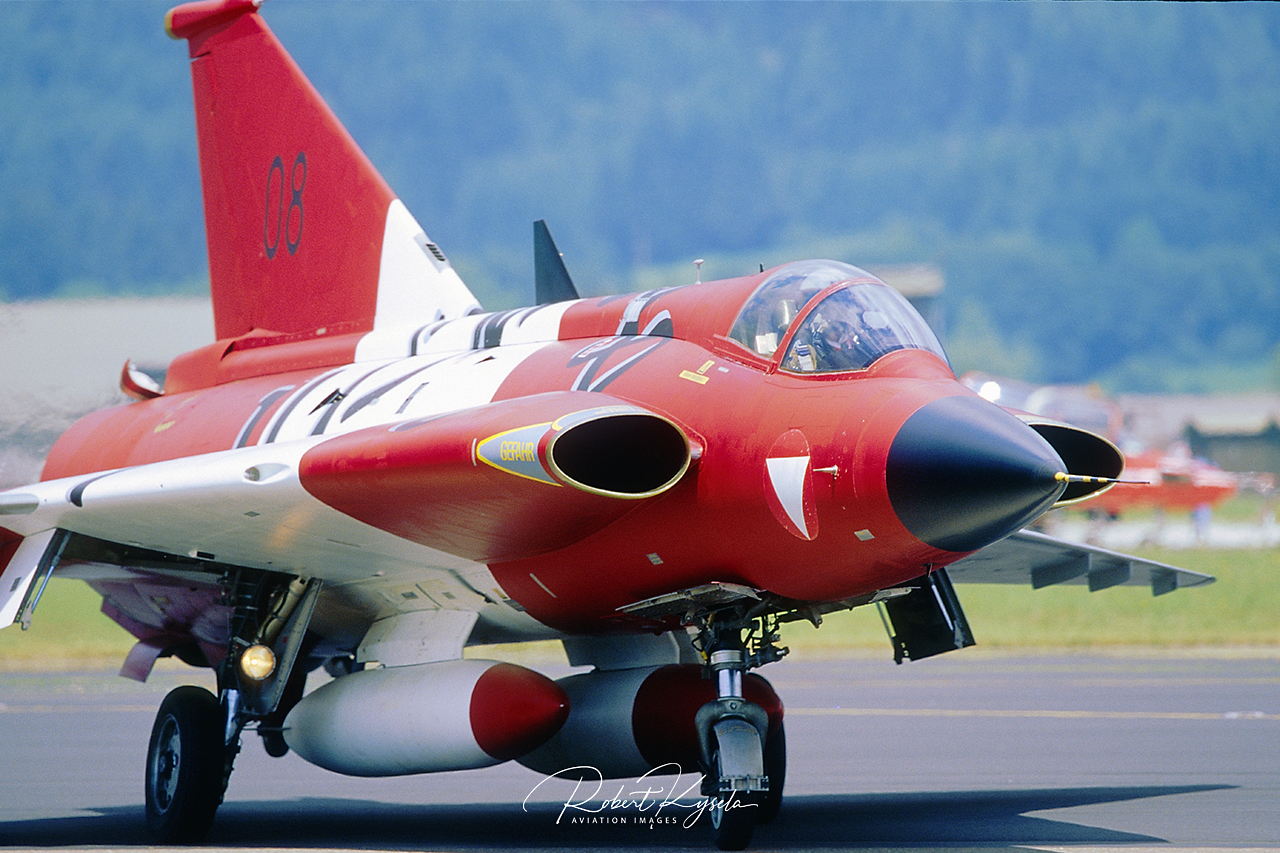
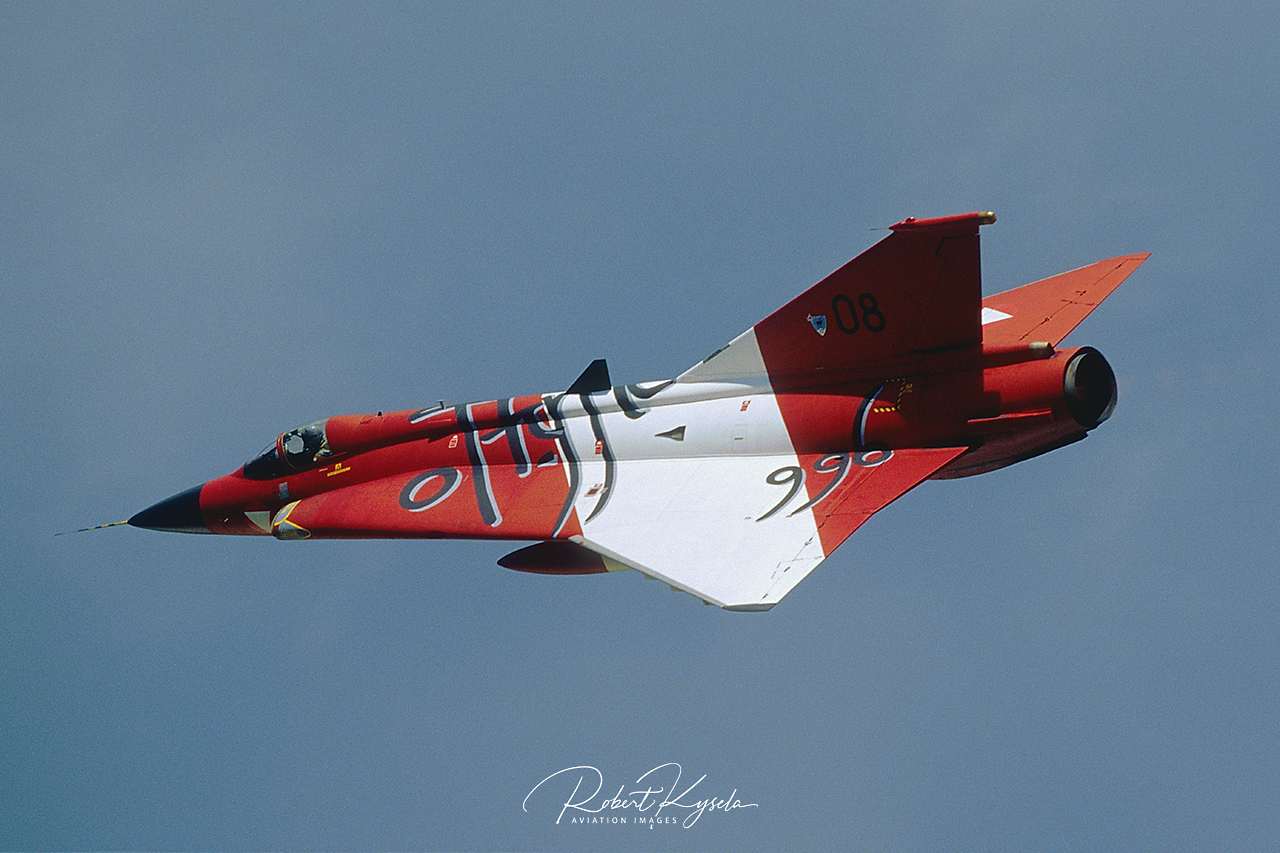
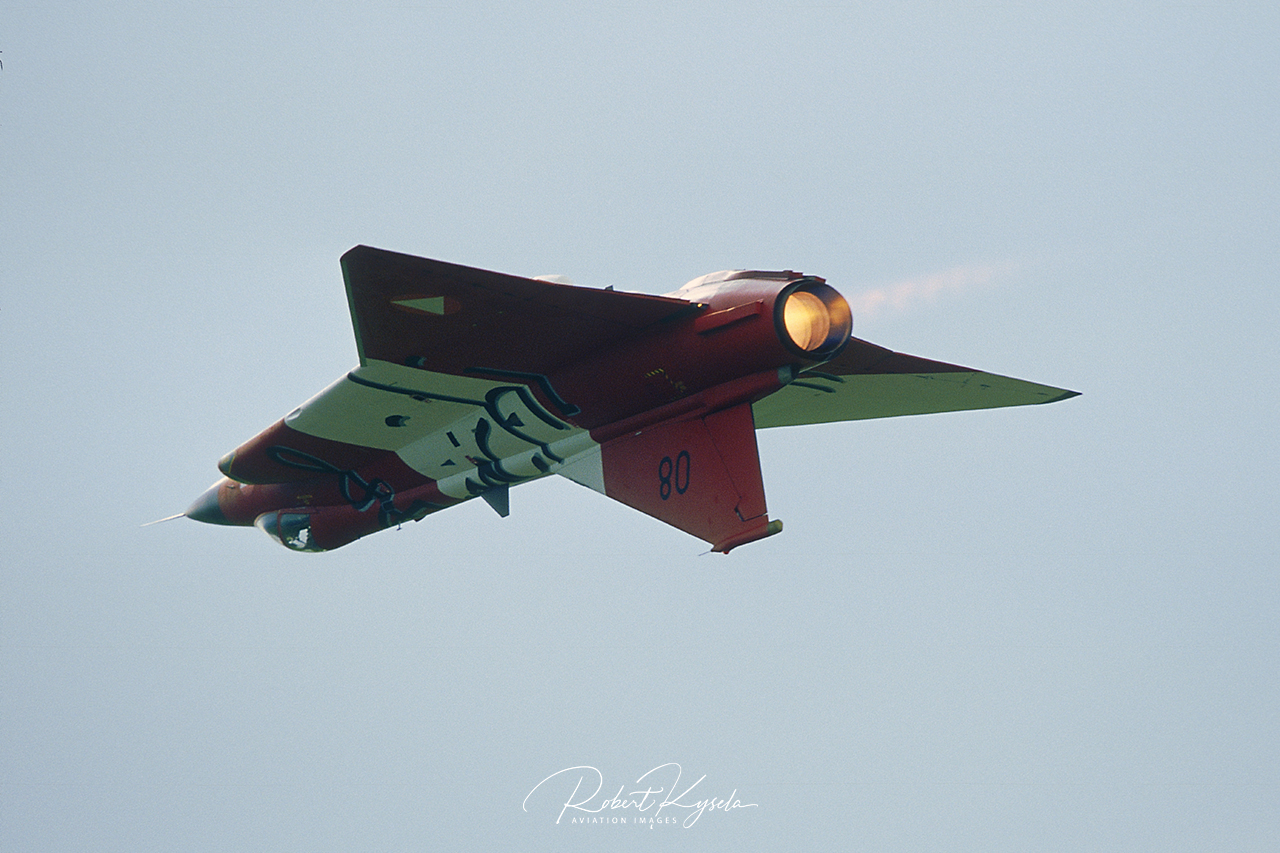
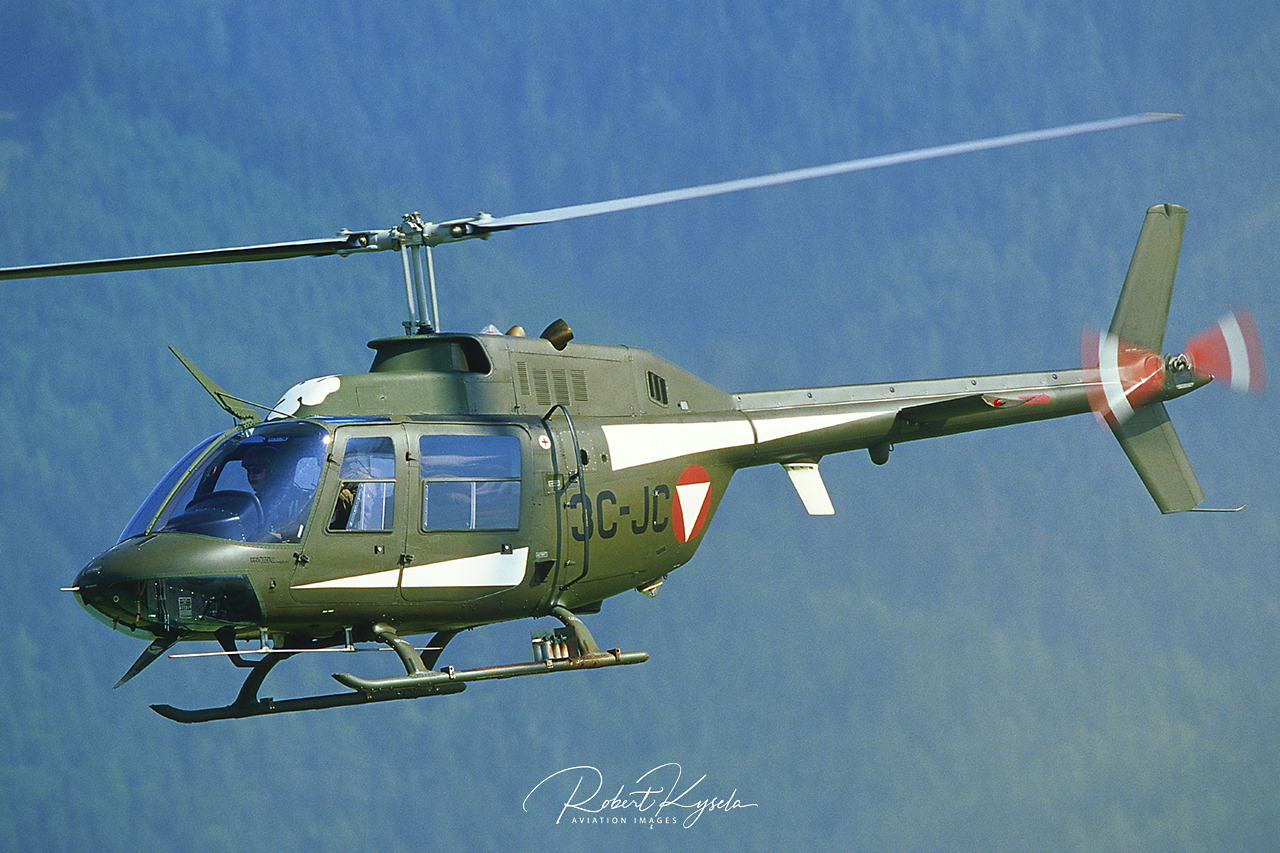
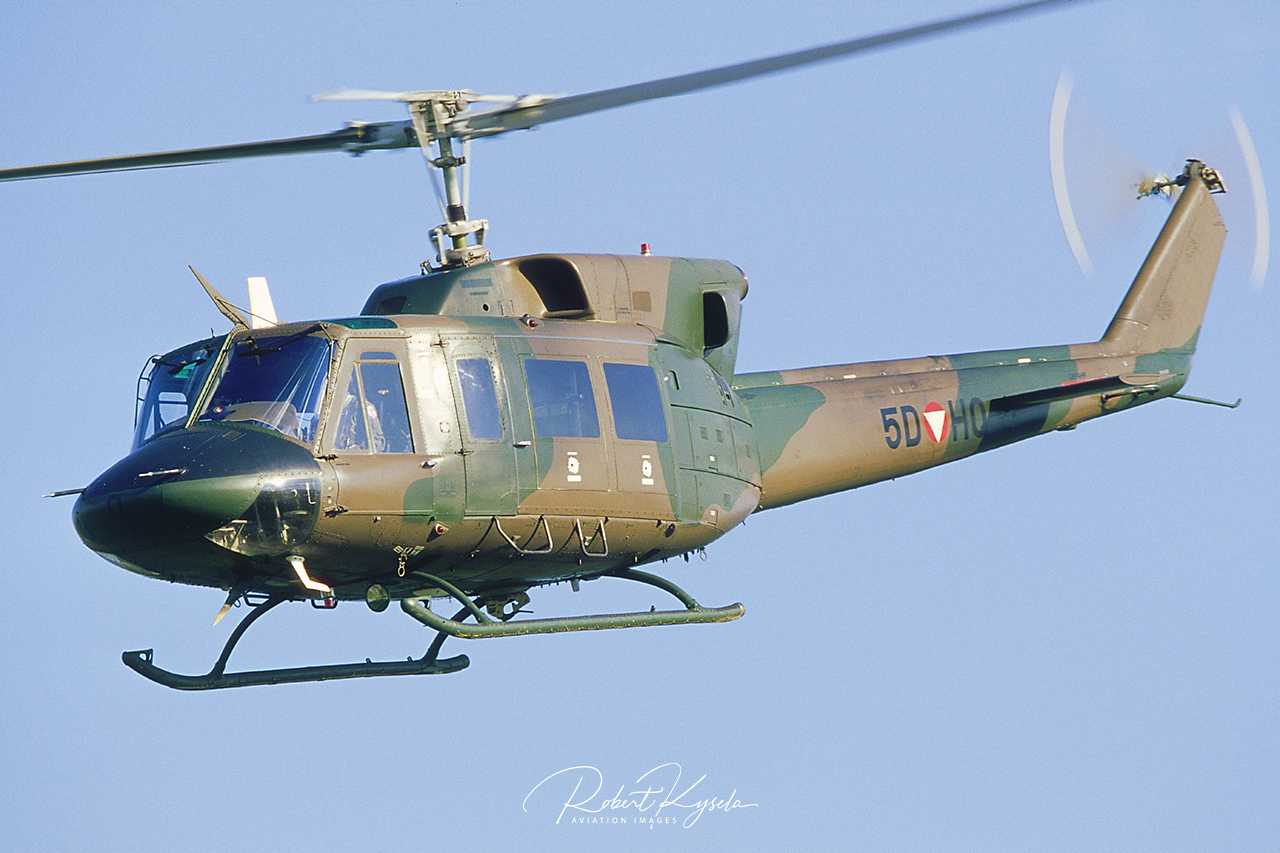
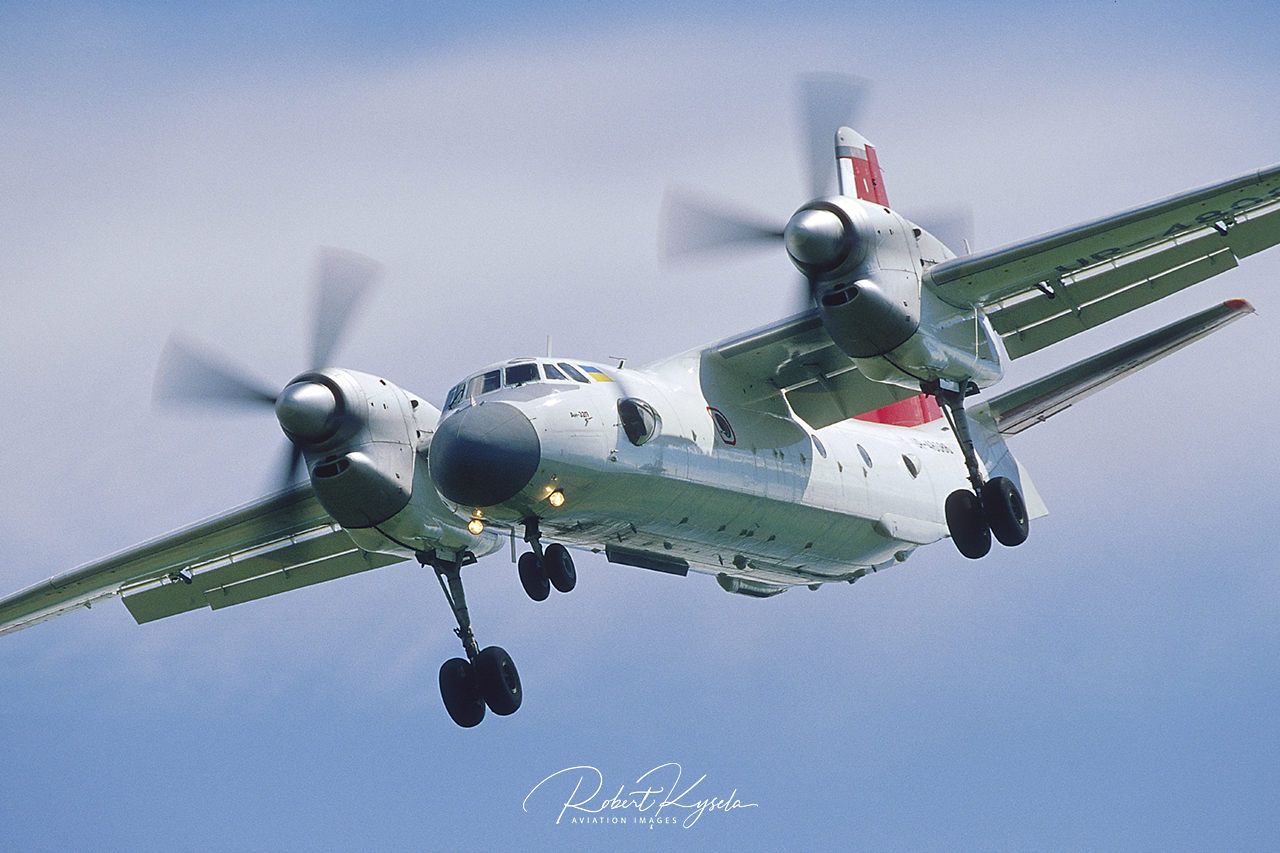
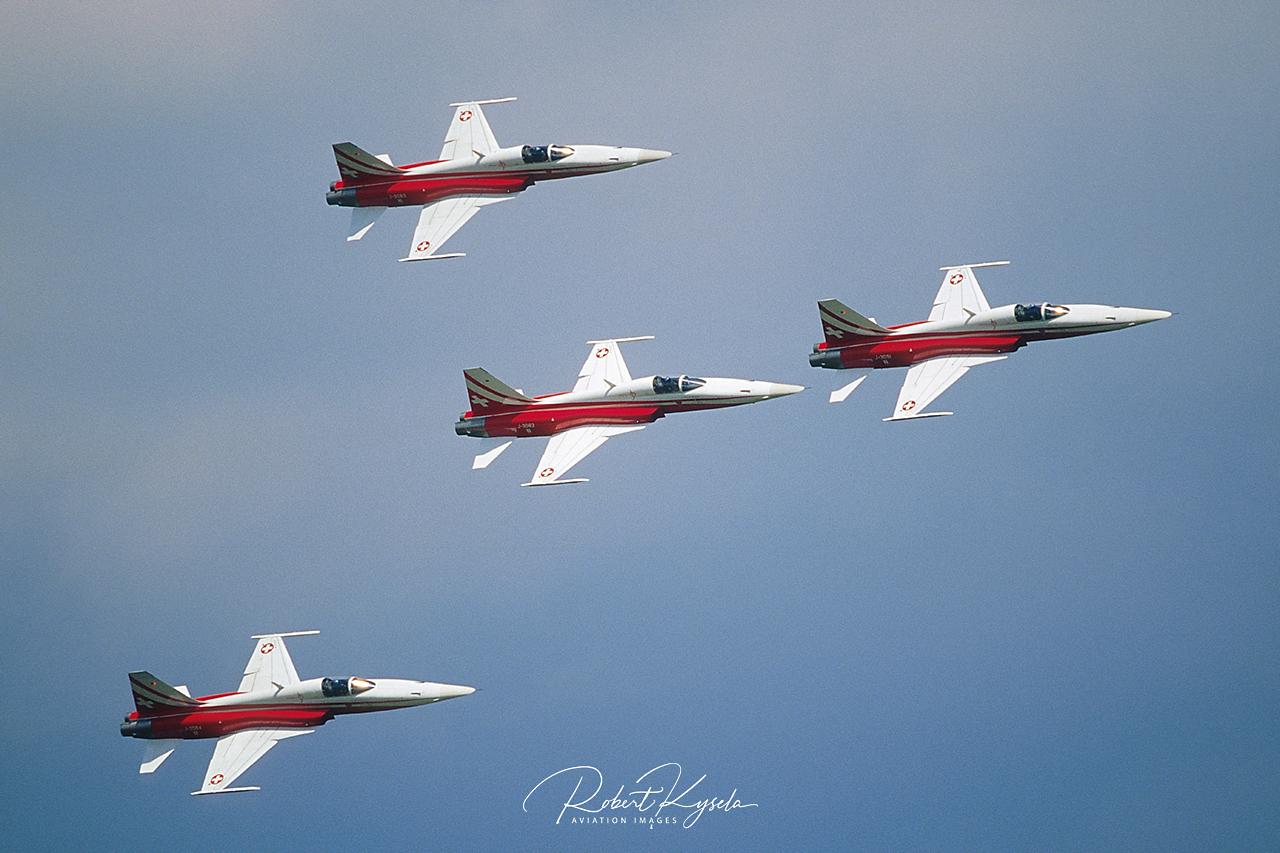
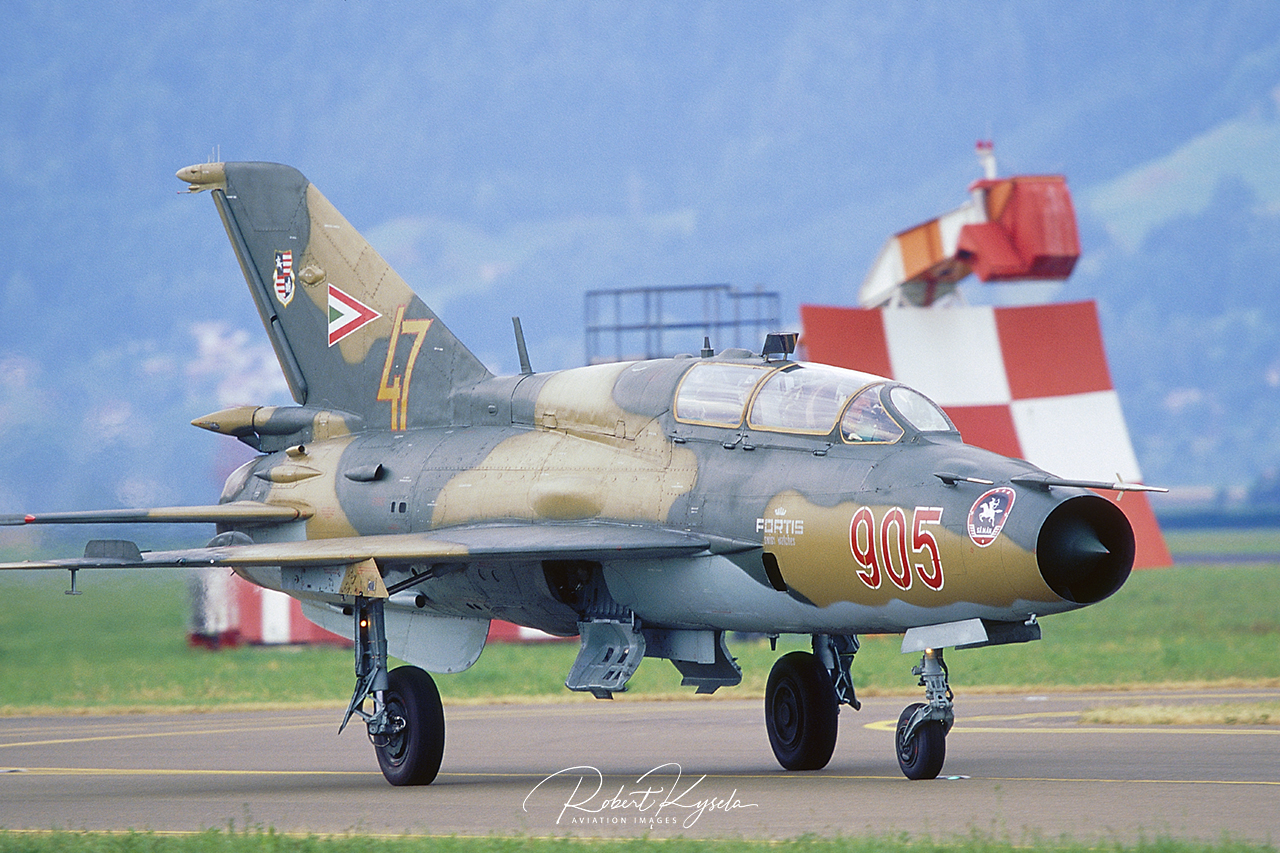
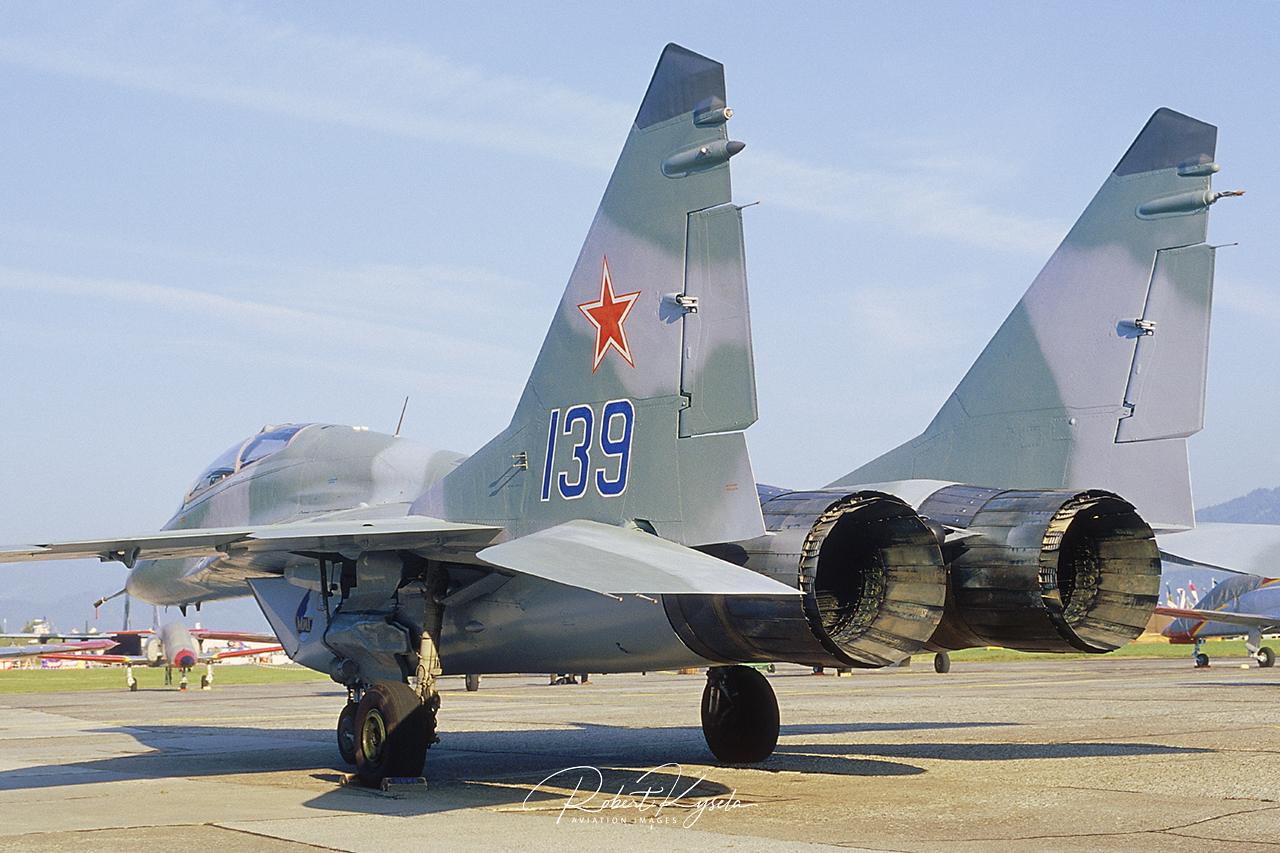
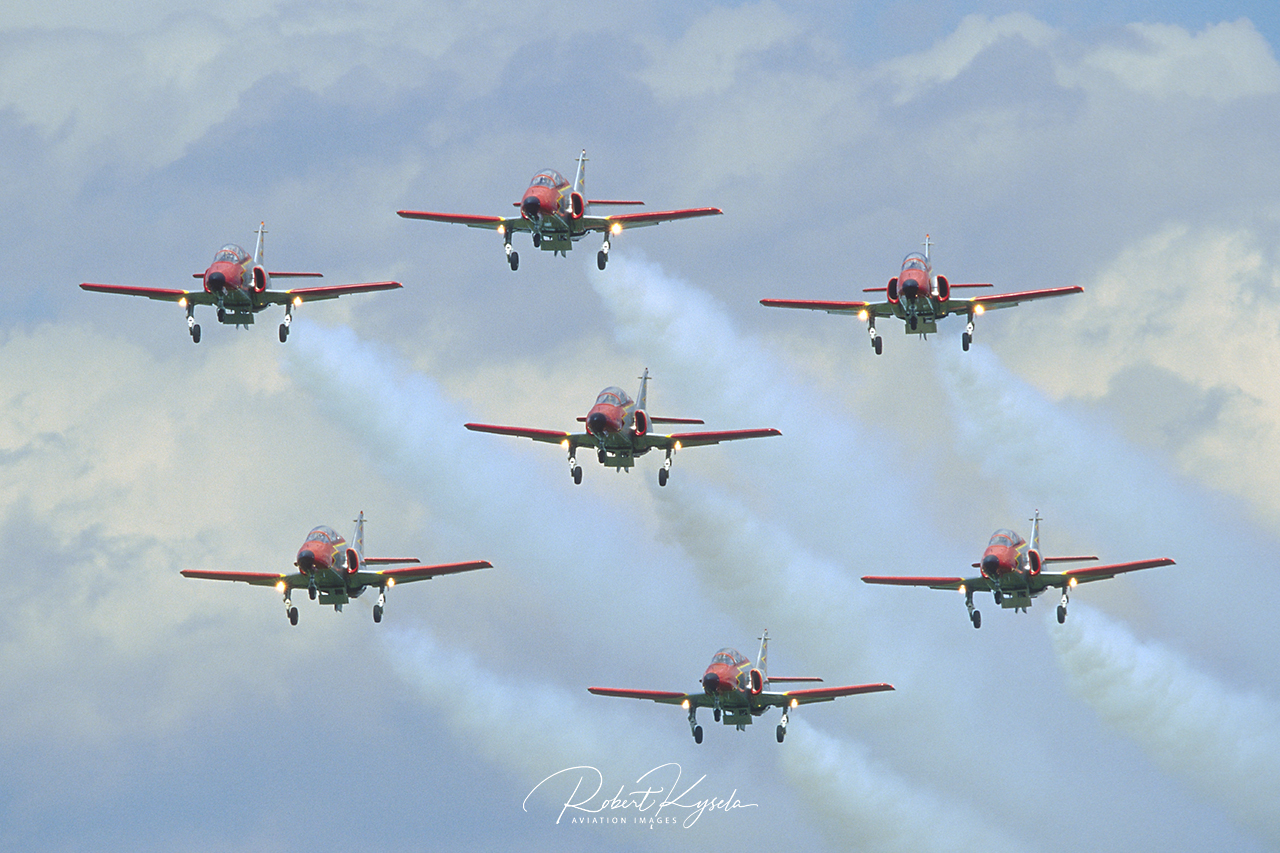
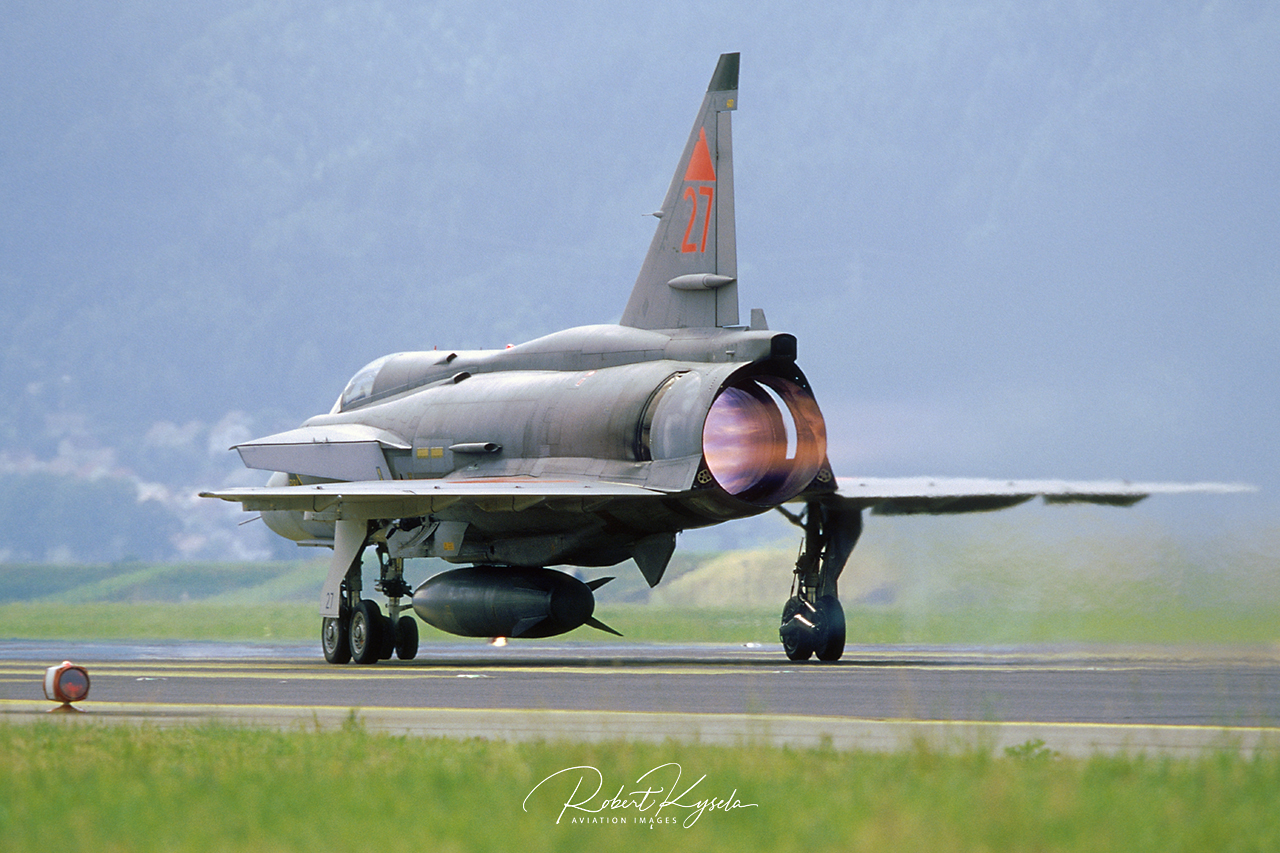
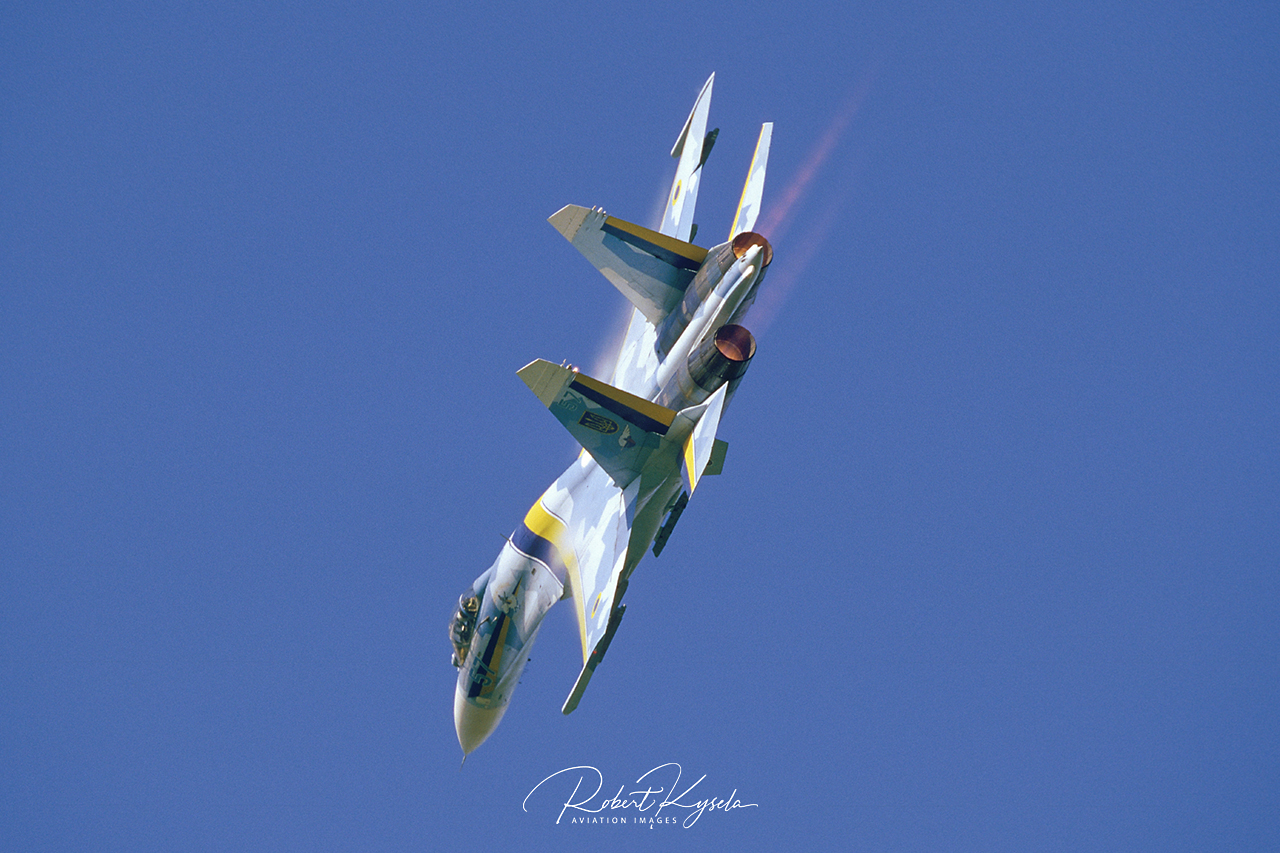
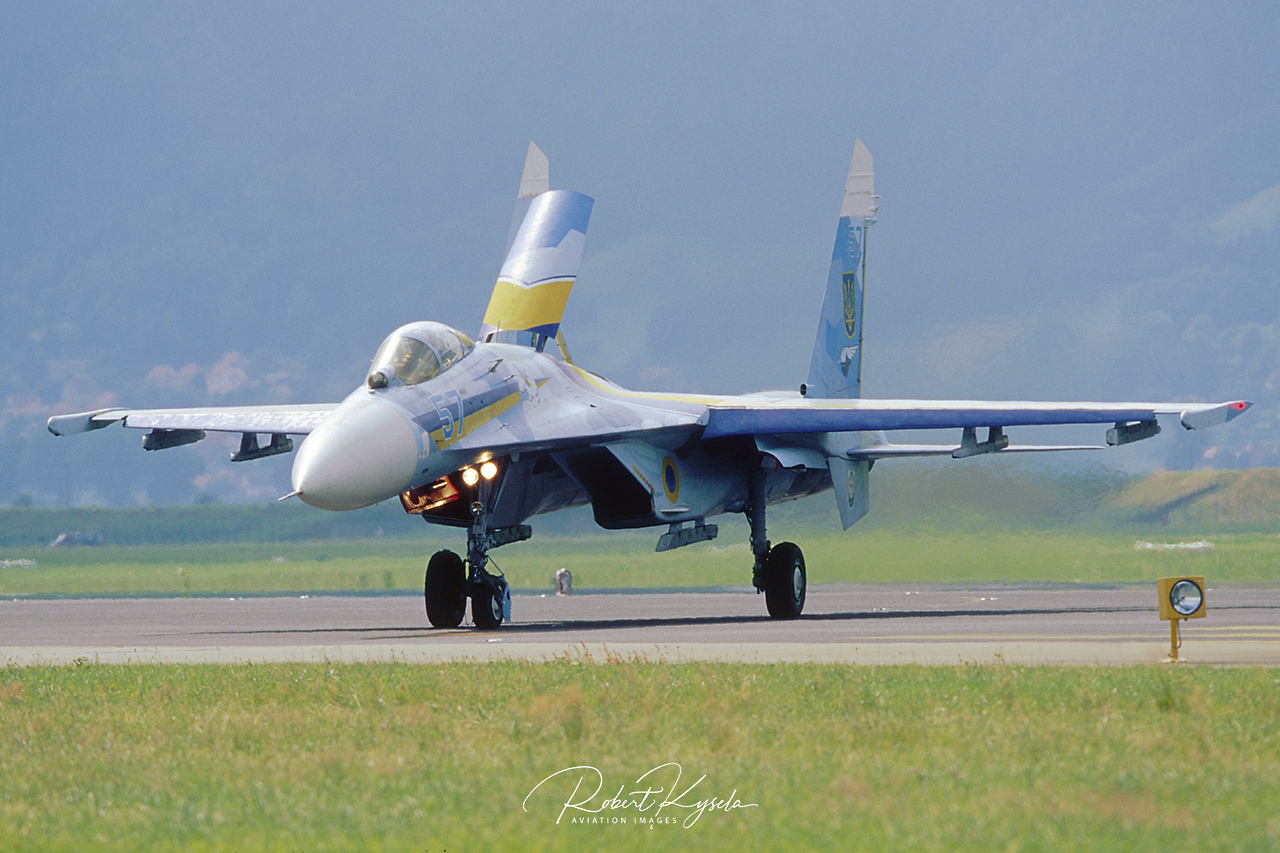
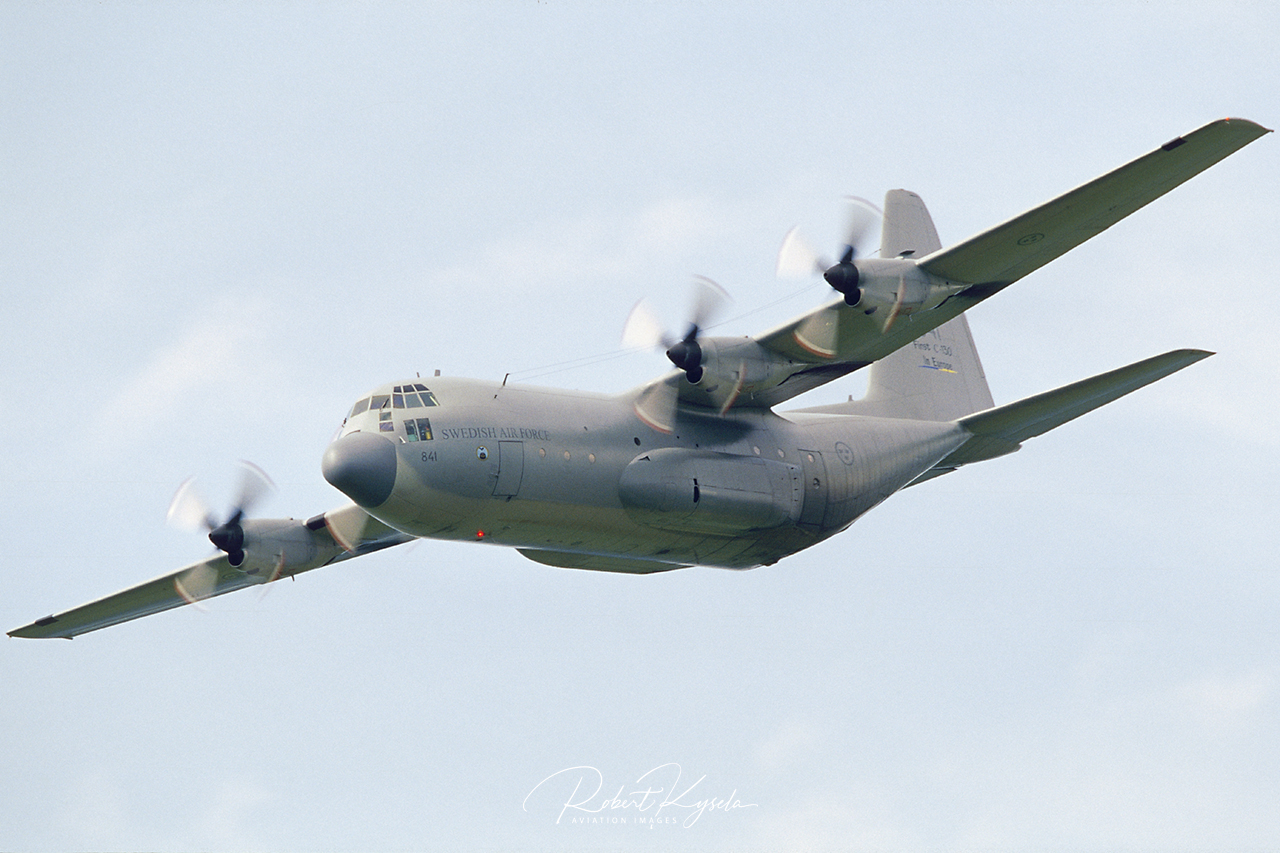
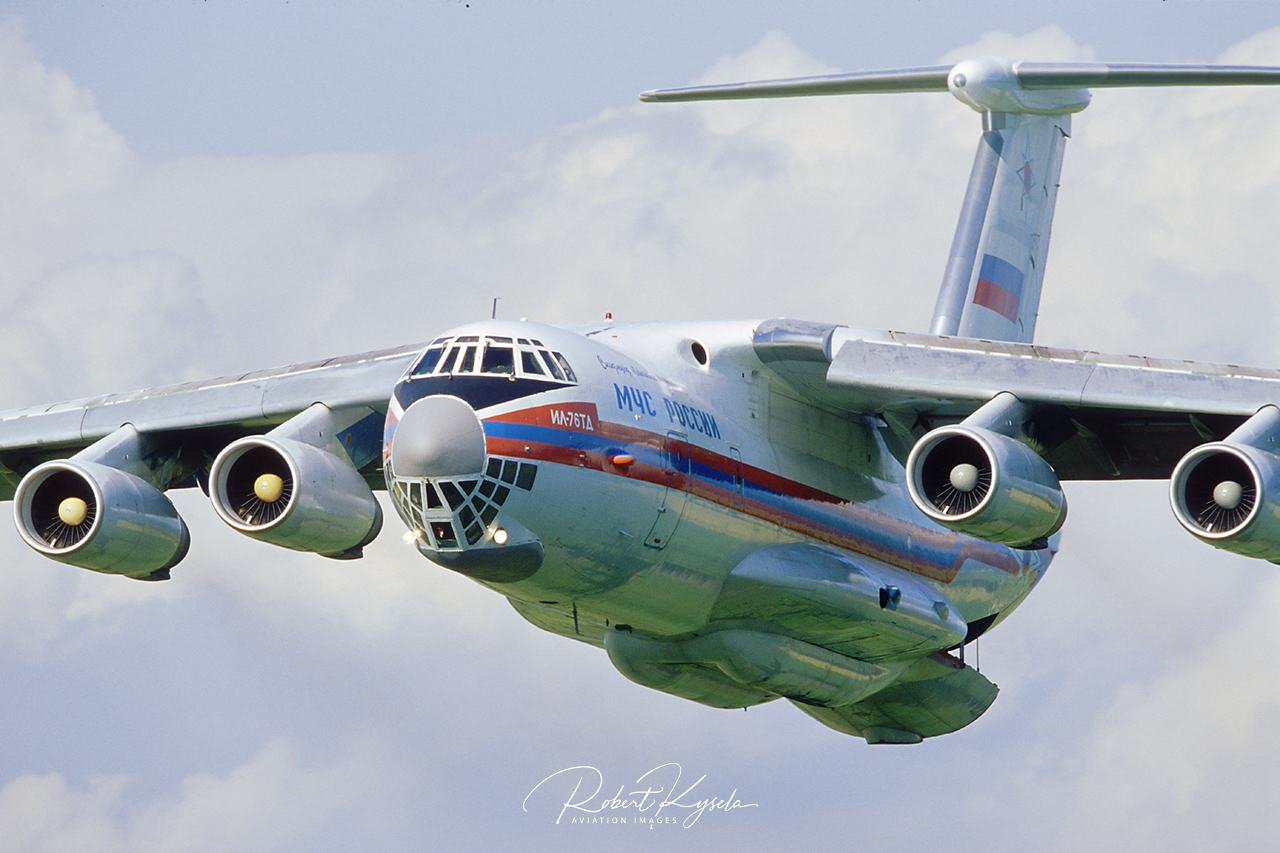
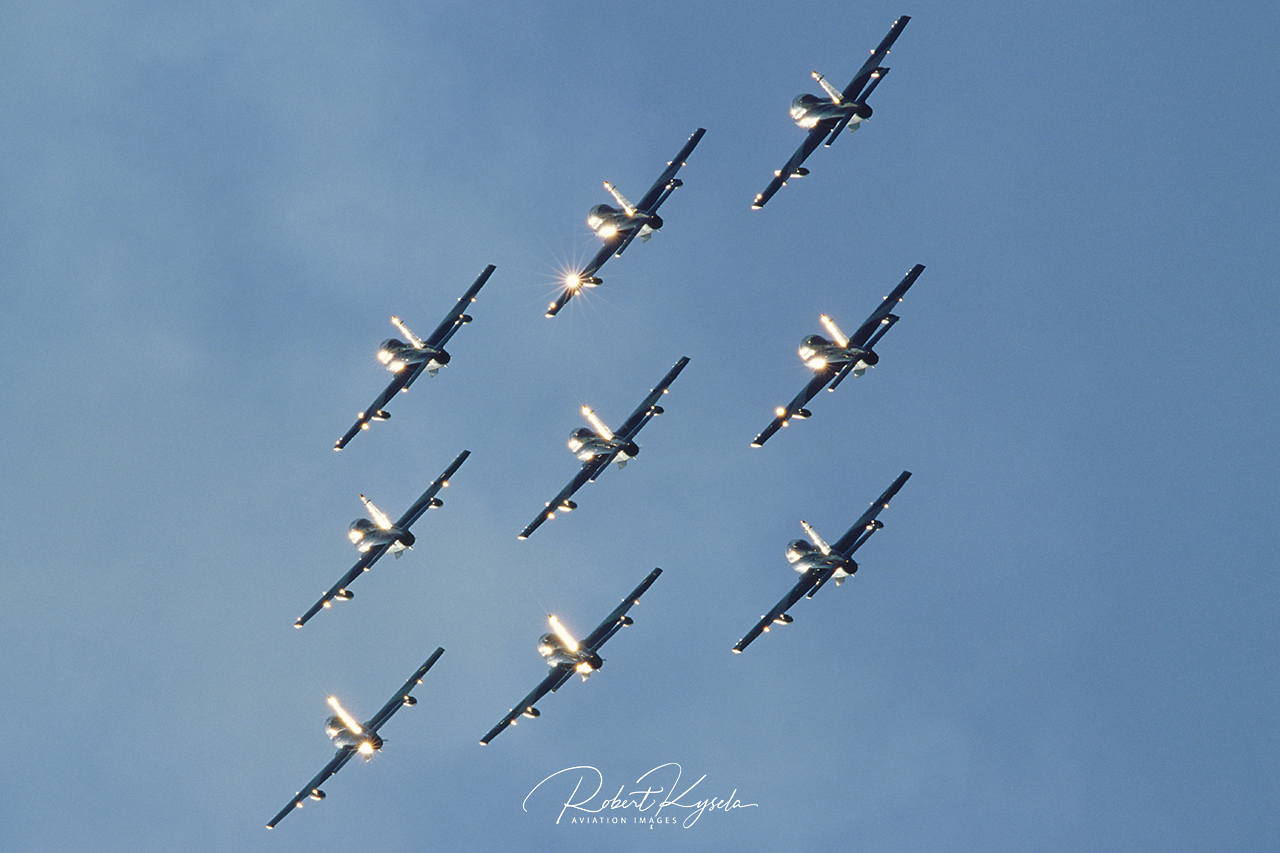
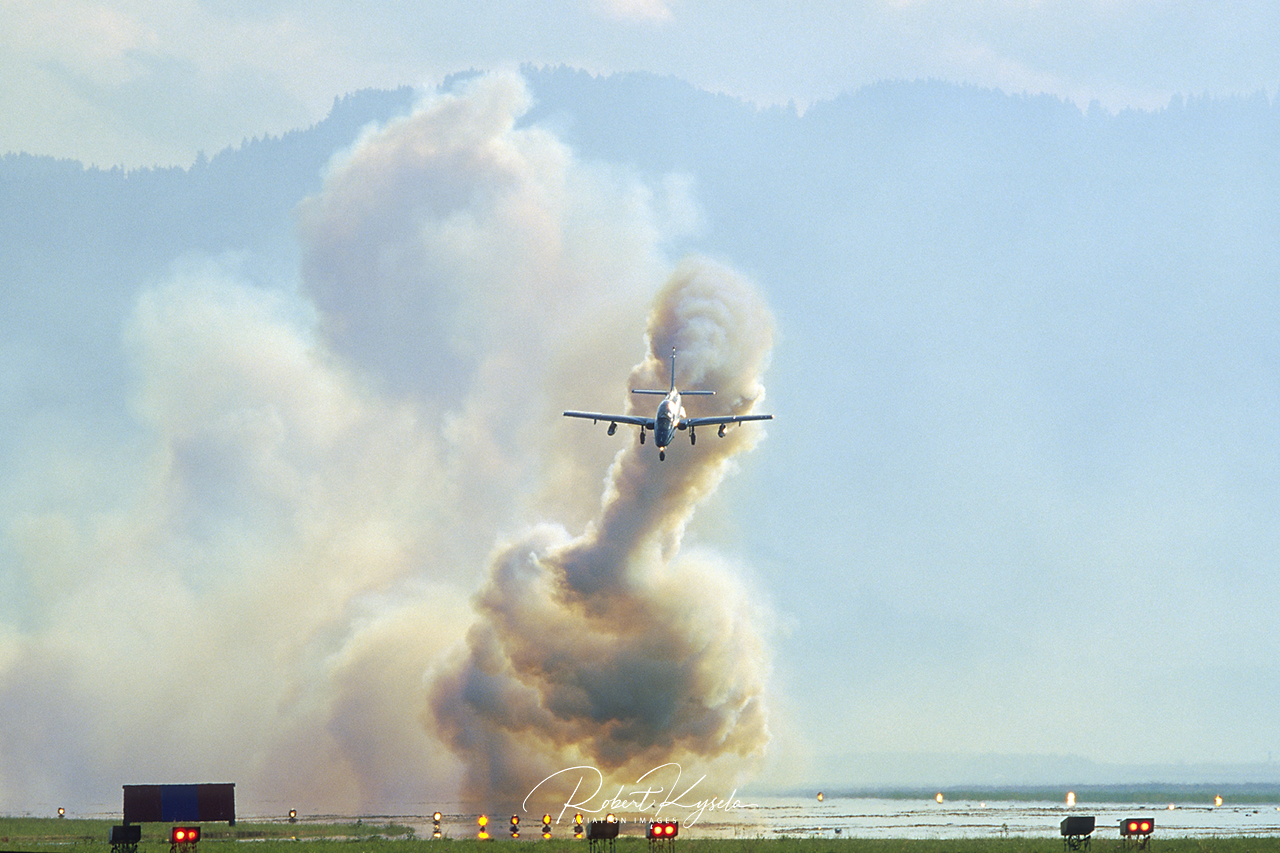
In cooperation with the Austrian broadcasting corporation ORF, several civilian co-organizers and the regional tourist office, the Austrian Air Force Base Hinterstoisser (Zeltweg) hosted a mega-event with 210 participating aircraft from 21 different countries. Perfect weather and the picturesque background of the Styrian mountains attracted more than 220.000 spectators to Hinterstoisser AFB, home of the 2nd Wing of the Austrian Air Force.
The small town of Zeltweg being no stranger to big events (the Austrian Formula One Grand Prix took place on the nearby race court for several times), should have been prepared for heavy traffic – but despite best efforts none actually had expected such a large number of visitors. From all parts of Europe aircraft enthusiasts flocked to Zeltweg. The flying displays produced the best show that has been seen in Europe in recent years. The huge number of exotic aircraft, a big static display, a well organized framework program and of course the displays of the Austrian Air Force made the AIR POWER 2000 the best air show on the European continent in the year 2000.
This particular aircraft with the anniversary painting OSTARICCI 996 (which refers to the year when the name Austria was named for the very first time in a certificate issued by the emperor Otto III) had its first public appearance at the first AIR POWER air show in Zeltweg in 1997
R. Kysela
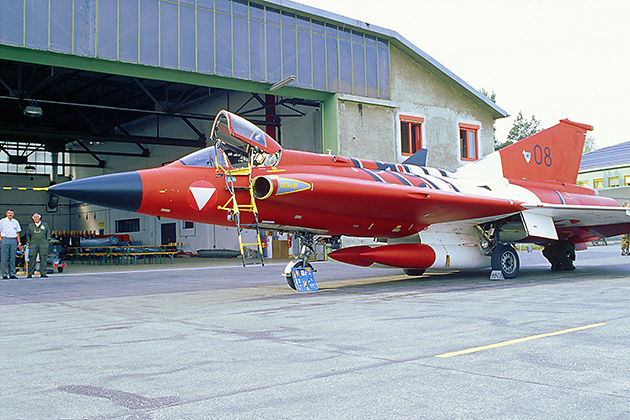
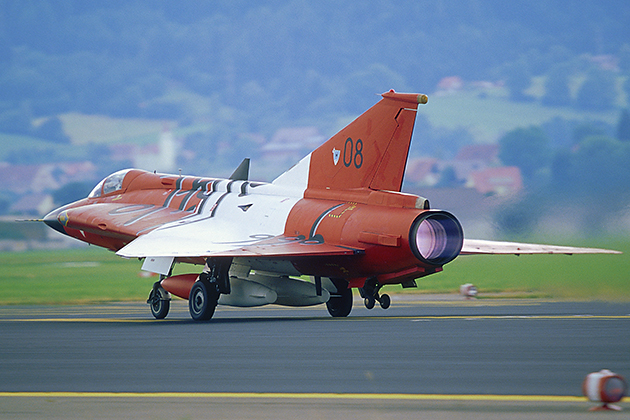
The star of many shows recently has been the Austrian Air Force Saab J-35OE DRAKEN painted in the Austrian country colours Red-White-Red. This particular aircraft with the anniversary painting OSTARICCI 996 (which refers to the year when the name Austria was named for the very first time in a certificate issued by the emperor Otto III) had its first public appearance at the first AIR POWER air show in Zeltweg in 1997. Very few planes get more attention than the colorful DRAKEN. This is not only because of the painting, but because of the fact that Austria is the only remaining country where the “old Swede” is still operative. Unmistakable is the double delta configuration, the fixed oval air intakes and the little twin wheeled gear at the rear fuselage to avoid damage to the fuselage when landing with a high angle of attack. The maiden flight of the DRAKEN took place on Oct. 25th, 1955. Although Swedish export regulations are very strict, Saab has built 612 DRAKEN´s until production ceased in 1977. Austria received 24 surplus aircraft, which have been upgraded and refurbished by SAAB These aircraft are now in Austrian service since 1987.
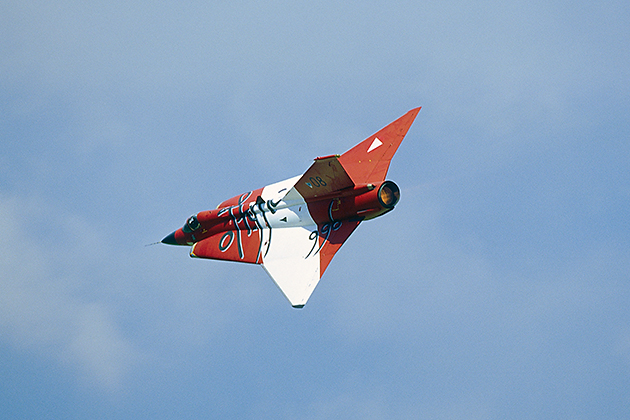
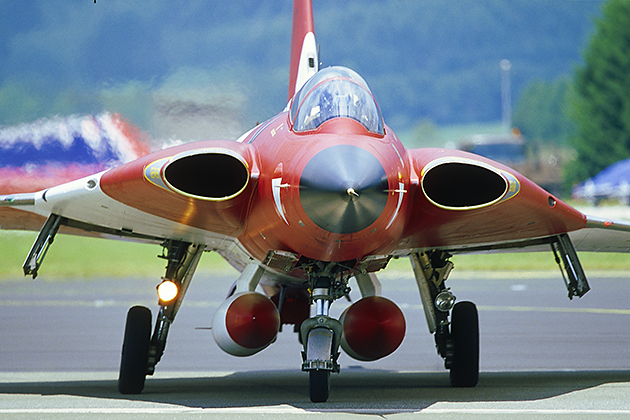
The procurement of used DRAKEN`s from Sweden was far from popular and generated a very controversial political situation. As an alternative, used English Electric LIGHTNING`s were available at that time, but finally the Austrian parliament influenced by the long standing relationship with Sweden handed the contract to the purveyor to the court (this is a very popular Austrian saying), the company SAAB. Of course, in the fly by-wire age the DRAKEN is technologically outdated. The low-performance Volvo Flygmotor RM6C engine (license build variant of the Rolls Royce Avon), the poor gliding flight quality, and the less than modern avionics, are clear indicators that the countdown for this stylish jet is approaching fast to zero. The final decision for the replacement of the J-35Oe has always been postponed and has not been made up today. In the meantime the airframe of the J-35Oe´s have reached a critical number of flying hours, so the effort in manpower and costs to keep the planes air worthy is huge. In order to keep the Austrian pilots up with the required flight time, the DRAKEN pilots are sent to Sweden to fly the Saab JA-37 VIGGEN. Potential successors, like the Boeing F/A-18 HORNET, the MiG-29 (NATO-Code: FULCRUM), the AMD Mirage 2000 and the Swedish Saab JAS-39 GRIPEN are all being considered as the tool for the Austrian Air Force to efficiently fulfill their mission – to ensure the sovereignty of the Austrian airspace – far into the 21st century.
The newest development of this international cooperation is the upgraded MiG-29 SNIPER, which was presented to the public at the ILA 2000.
R. Kysela
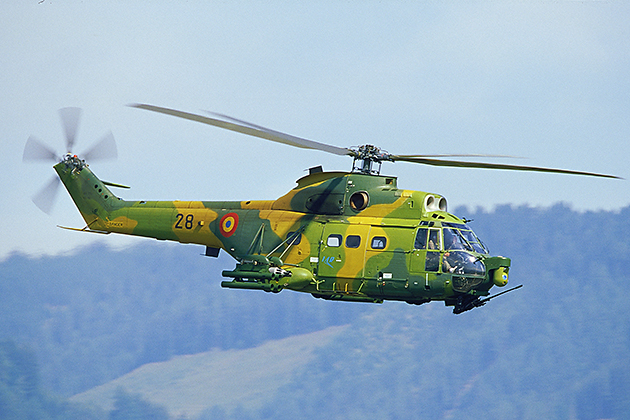
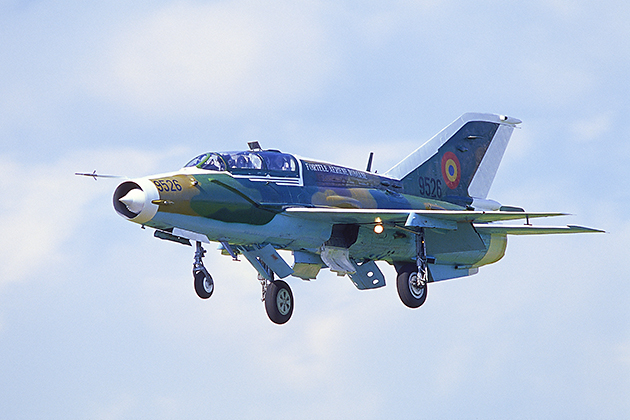
Romania made the biggest impact on the AIR POWER 2000. This Eastern European country maintains a powerful aircraft industry, which remained independent even before the collapse of the WARSAW PACT, despite the dominance of its Eastern neighbor, the SOVIET UNION. Today, the Romanians had extended their potential. With license builds, such as the IAR 330 helicopter (a variant of the Aerospatiale PUMA), the indigenous IAR 99 SOIM jet trainer and in cooperation with strong partners, such as ELBIT from Israel and the German DASA, they also offer lucrative upgrades for the Russian MiG fighters. The newest development of this international cooperation is the upgraded MiG-29 SNIPER, which was presented to the public at the ILA 2000. Especially for countries, who still operate the aging MiG-21 (NATO Code: FISHBED) the Romanians offer a good opportunity to enhance the performance of their jets to, at least some kind of modern standard.
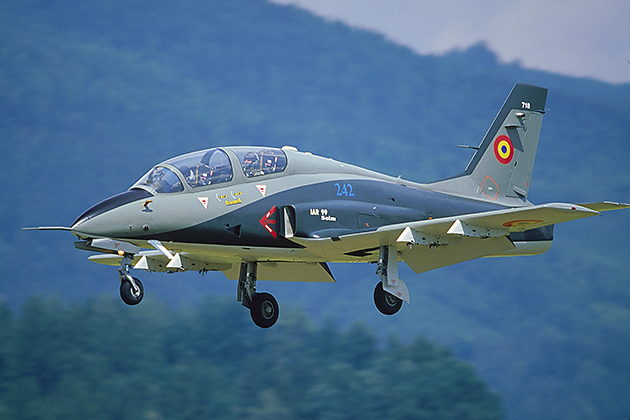
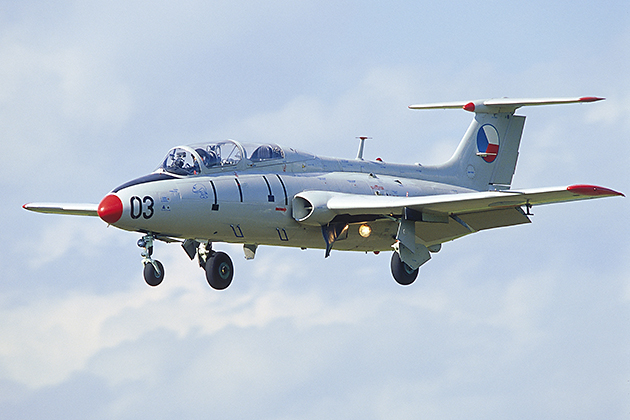
The lightweight advanced trainer and light attack aircraft IAR 99 SOIM (HAWK) is a Romanian-developed aircraft, based on the IAR 99, which has been used in the Romanian Air Force since the 1980´s as an advanced trainer and replaced the then outdated Aero L-29 DELFIN as well as the Aero L-39 ALBATROS. Upgraded with western avionics (in cooperation with ELBIT Systems, Israel), this jet is a very attractive alternative on the trainer market. Presented to the public in 1997 at Le Bourget/FRANCE, the upgraded version of the MiG-21 (called LANCER) is already operative in the Romanian Air Force. The Fortele Aeriene Romane currently operates 110 LANCER`s, split into 75 ground attack I/A versions, 10 two-seaters ( version II/B ) and 25 fighters ( version II/C ). The first, still not confirmed export customer for the upgrade package seems to be the Croatian Air Force, which currently has 28 MiG-21MF and UM in service.
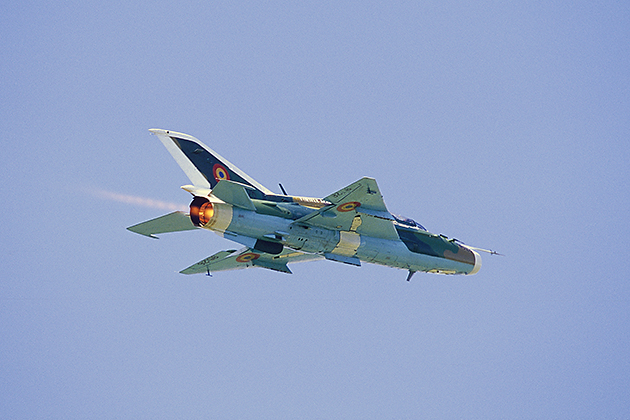
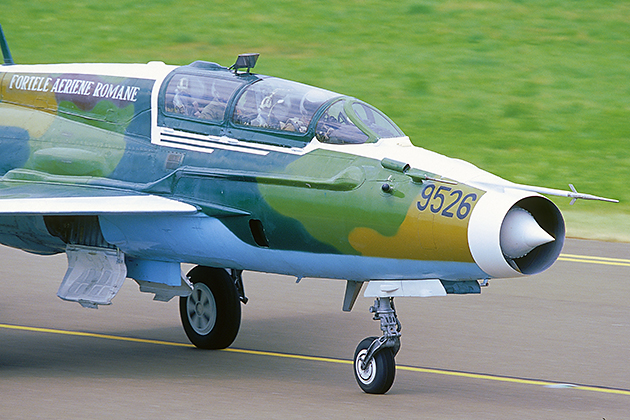
The MiG-21 upgrade program contains basically a modernization of avionics. For the LANCER I and II, LCD-displays were used very rarely and the cockpit remains very conventional in this configuration. Furthermore, a new multimode radar-system update with the capability to employ western missiles is part of the program, while the airframe and the engine remained unchanged. The latest achievement is the advanced LANCER III. Equipped with a fully digital cockpit, a ELTA EL-2032M multi-mode-radar, mission computer, HOTAS ( Hands-on-throttle-and-stick ), several defensive systems, and even structural changes, the LANCER III is the logical next step of this Romanian/Israeli upgrade concept.
Also the license built variant of the Eurocopter/Aerospatiale PUMA, the IAR 330 SOCAT, got mayor changes in the avionics and the weapon systems. The attack-version, which was on display in Zeltweg, carries a very potential weapon load. ELBIT/Israel is also the main contractor for this project. Romania operates some 75 PUMA helicopters, where 24 of them are modified to the SOCAT Standard.
As Austria is in the progress to replace their Saab J-35Oe DRAKEN in the near future, some aircraft where sent to Zeltweg not just because of a nice gesture of friendship but in the hope to increase the chances to a lucrative deal.
R. Kysela
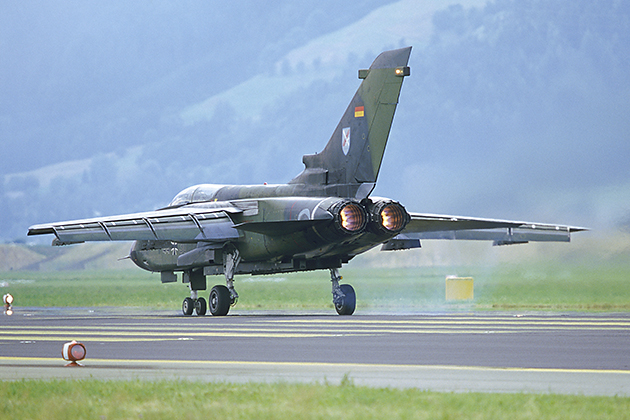
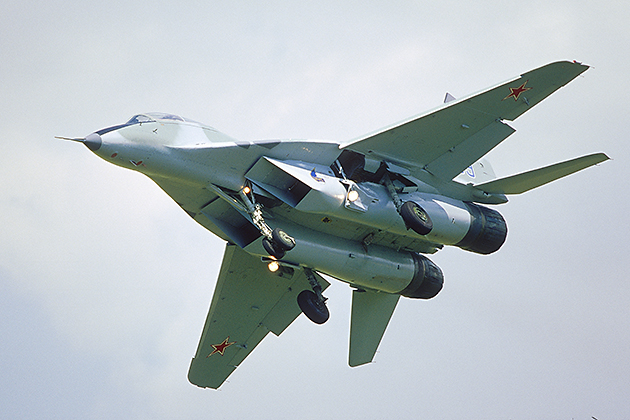
No other air show in 2000 had such a concentrated display program like the AIR POWER at Zeltweg, which was especially obvious with the solo displays. Apart from the obligatory PANAVIA Tornado´s, Lockheed Martin F-16 FIGHTING FALCON, Bae HARRIER and Saab JA-37 VIGGEN, some rare guests were to be seen, like an Aero L-29 DELFIN, the new Swedish Saab JAS 39 GRIPEN, a Mikoyan & Gurevich MiG-21 (NATO-Code: FISHBED) from Hungary.
As Austria is in the progress to replace their Saab J-35Oe DRAKEN in the near future, some aircraft where sent to Zeltweg not just because of a nice gesture of friendship but in the hope to increase the chances to a lucrative deal. This was definitely the case for sending a whole fleet of Saab-aircraft but also for the appearance of two Russian MiG-29 (NATO-Code: FULCRUM). The two-seater with the designation MiG-29 SE (NATO Code: FULCRUM-C) was shown in the flying display, the single-seat MiG-29 SMT was in the static. LCD displays, western standard electronics, new engines, and the capability of air-to-air-refuelling are only some attributes of the newest MiG series. On the other hand, the fighter internal fuel capacity, because of the fuselage tank behind the cockpit, totally destroys the former elegance of the aircraft. It is an open question whether the improved MiG 29 can match with the new Western fighters, such as the Eurofighter EF-2000. Anyway, the Mikoyan OKB-designed fighter will be a force to be reckoned with.
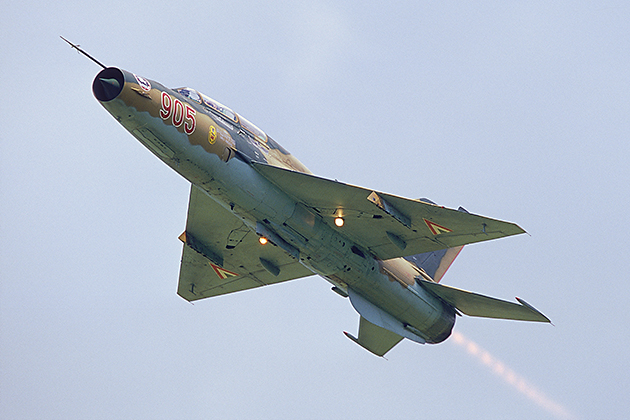
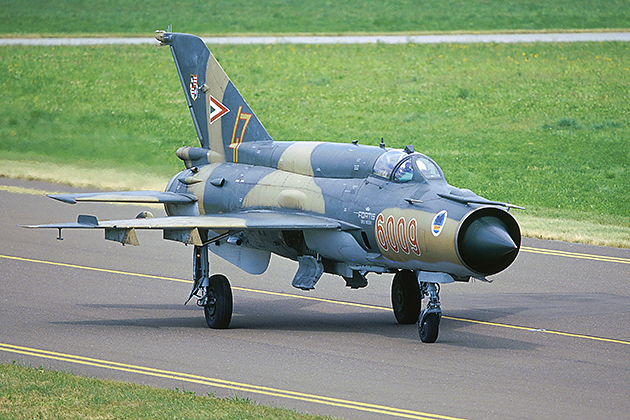
Hungary provided two Mikoyan & Gurevich MiG-21`s (NATO-Code: FISHBED) The two-seater (MiG-21 UM “Mongol” ) was also shown in the flying display. Hungary continously operates one squadron of this “cold war warrior” in Papa AB (2 Vadasz Repueloe Szazad “Griff” – 2nd Fighter Wing “Griffin” ). But the days for the MiG-21 are numbered. Only lack of money has so far prevented the purchase of new aircraft. Apart from the MiG-21, Hungary also operates 22 MiG-29 at Kecskemet. The shortest, but most spectacular display of the whole show was the firefighting demo of a Russian Iljushin Il-76 (NATO-Code: CANDID). During extremely low level flying over the runway (at an estimated altitude of max. 10 – 15 m ), the “fire bomber” dropped 10.600 US Gallons of water, and after that landed on the wet runway. For the role as a fire fighter the aircraft is employed over the wide forests of Siberia. The enormous load capacity, and the excellent flying characteristics, especially the capability to operate from very short runways, make this aircraft an ideal choice for this demanding role. The only downfall are its inefficient engines (in case of fuel efficiency).
Coming from Prerov, the crew of the PZL W3A gave an impressive demonstration of the agility in a 10 minute lasting display.
R. Kysela
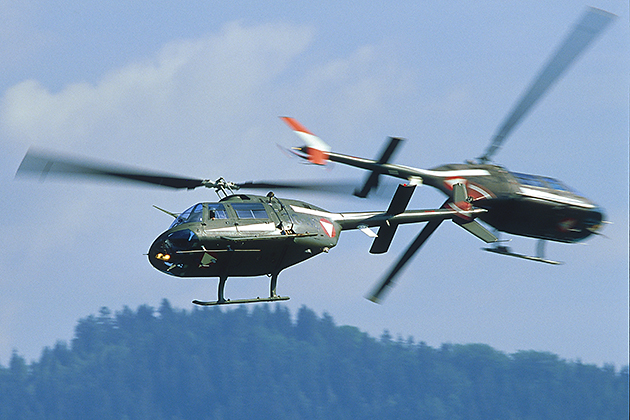
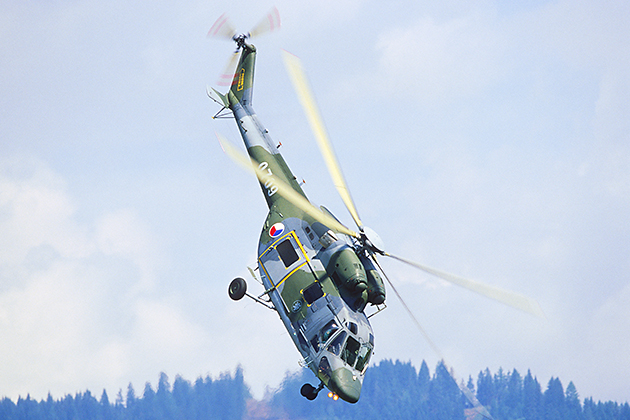
Zeltweg provided an attractive helicopter line up as well. Apart from the Austrian KLEEBLATT-Team (Kleeblatt = Shamrock) flying their Agusta Bell AB-206, some real highlights were to be seen in the flying display. Beside the already mentioned Romanian IAR 330 SOCAT a Czech Air Force Mil Mi-24 (NATO Code: HIND) performed a breathtaking display as well as a PZL W3A “Sokol”. Coming from Prerov, the crew of the PZL W3A gave an impressive demonstration of the agility in a 10 minute lasting display. Czech Republic has 11 of this Polish designed helicopter, which has been upgraded to western standard. Production started in 1985, the A-version shown in Zeltweg has been produced since 1992. In the W-version, this helicopter is used as a tank killer in Poland Armed Forces.
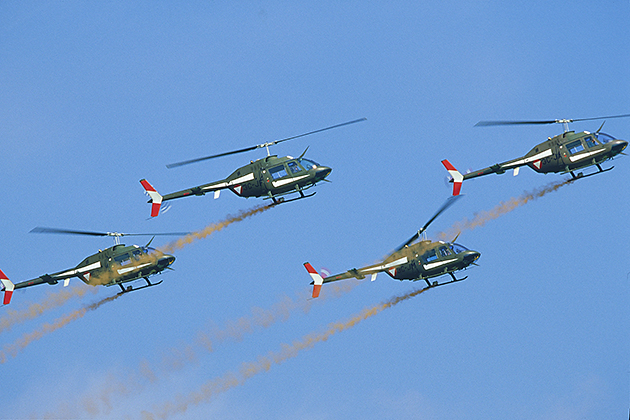
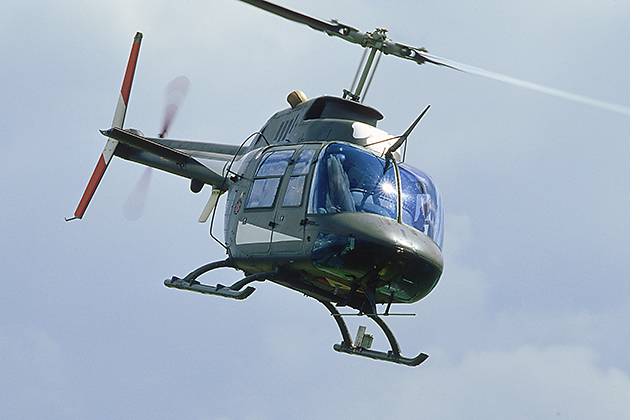
Helicopter display teams are rare, so when you have a display from the Austrian Kleeblatt Team (Kleeblatt = Shamrock ) it is always a very special attraction, as it was in Zeltweg. Displaying in front of their home crowd, the guys under the lead of Maj. Stefan Zott demonstrated formation flying in perfection with four Agusta Bell AB-206 (license built version of the famous Bell Model 206 JET RANGER). The AB-206 is used as a training, liaison and reconnaissance helicopter within the Austrian BUNDESHEER (Federal Army), their home base is Langenlebarn in Upper Austria.
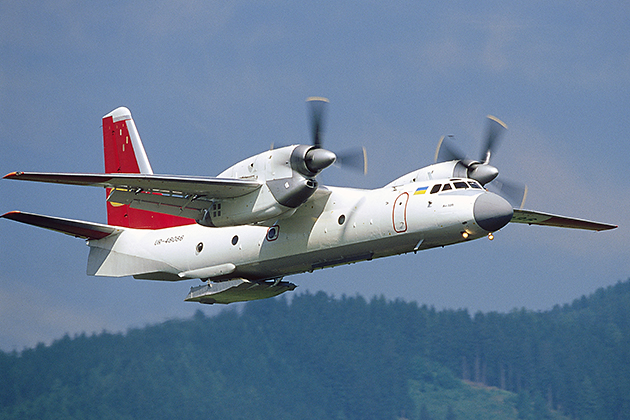
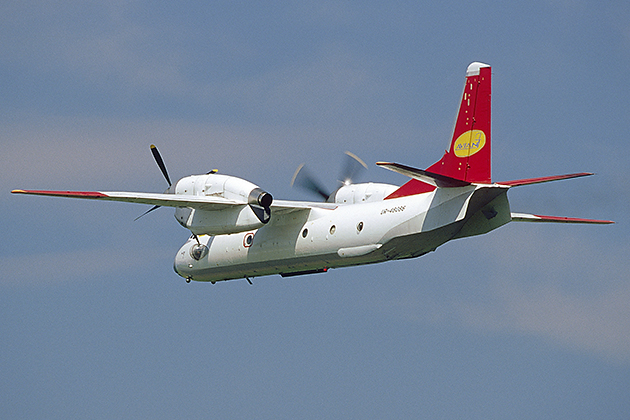
Mostly, transporters do not play an important role at air shows. For the spectators, they may be interesting to see in the static, but in the flying display they live in the shadows of the fast jets. But this changed over the last years, for example: the (secret) star of the air show in Skrydstrup / 50 years Danish Air Force was definitely the Italian Alenia G 222, and Zeltweg was no exception. The displays from the “heavy guys” were absolutely the best at this show. Apart from the Russian Iljushin Il-76 “Candid” , an Ukrainian Antonov An-32 performing an impressive single-engine-fly by, also the Swedish Air Force Lockheed C-130H HERCULES (featuring a new light gray camouflage ) made the audience enthusiastic. The civilian version of the Antonov An-32 (NATO – Code: CLINE ) is a derivative of the universally used An-24/26/30 family. Equipped with two powerful AI-M20 turboprops (reach rated at 5180 HP), and additional lift aids and flaps, the An-32 is especially suitable for hot and high areas. Which is why the Indian Air Force uses this model in such huge numbers (India operates no less than 123 An-32). The aircraft displayed in Zeltweg was equipped with western avionics, and is used for firefighting.
Actually, this aircraft was the first C-130 delivered to Europe (1969).
R. Kysela
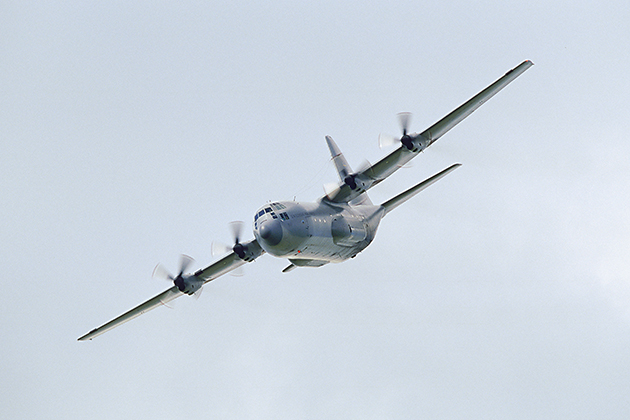
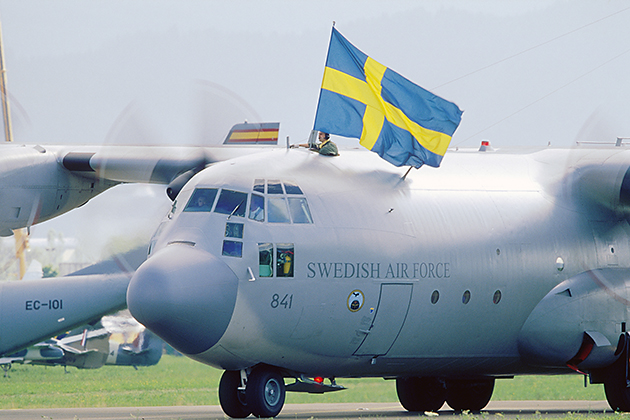
The Swedish Lockheed C-130E Hercules is always a great enrichment for every air show. The HERCULES, flown by Capt. Goeran Westhaed, has impressed millions of spectators all over Europe. Now painted in light gray (much to the pleasure of all photographers – before it was dark green – no good colour for cameras ), the Swedish crew demonstrated that their C-130 is far away from thrown on the scrap-heap. Actually, this aircraft was the first C-130 delivered to Europe (1969). Sweden has eight HERCULES, which are stationed in Santenas (F 7 Flygflotillj).
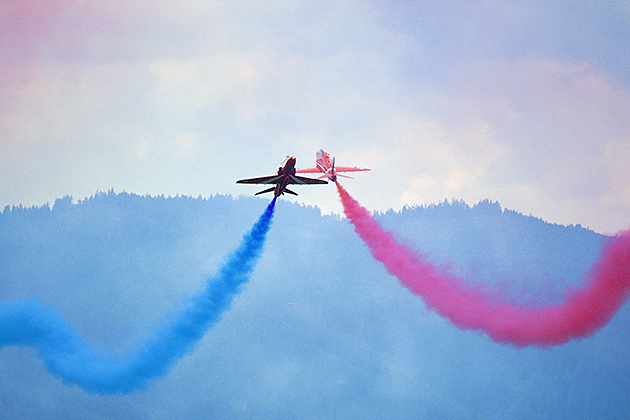
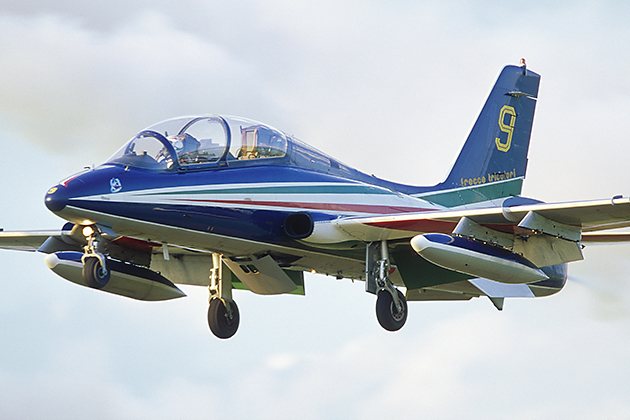
Aerobatic teams are definitely the main attraction of an air show – and Zeltweg is no exception. The AIR POWER 2000 provided an almost “Who`s Who” of international military aerobatic flying. The impressive line up contained the FRECCE TRICOLORI, the RED ARROWS, the PATROUILLE SUISSE, the Spanish PATRULLA AGUILA and the TURKISH STARS. Only the French PATROUILLE FRANCE canceled their display due to political reasons (since the Austrian Liberal part, the FPOe is part of the Austrian government, Austria is a persona non grata for the French government, NO FURTHER COMMENT!!!). As a very special highlight, the first overseas display of the Finnish MIDNIGHT HAWKS was seen in Zeltweg too. Also the local TEAM 2000 with its yellow Saab 91D SAFIR earned enthusiastic applause.
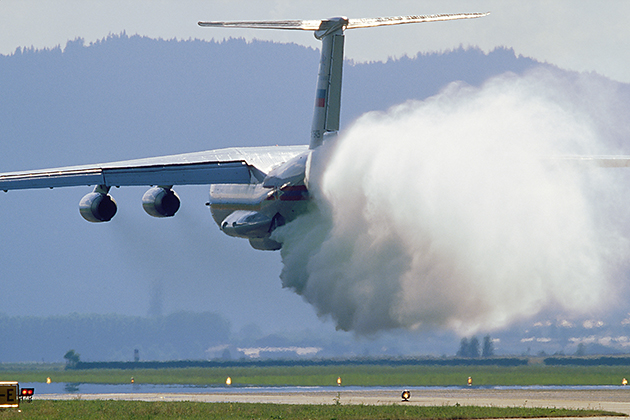
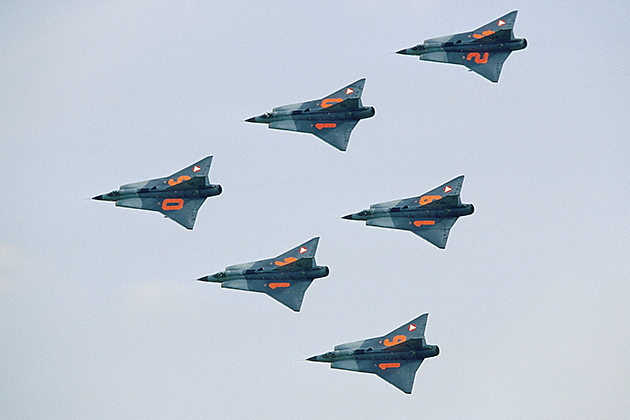
VERDICT: The AIR POWER 2000 was THE Air Show in 2000 – definitely. The good relations of Austria to the West as well as to the East payed of. Of course one reason that Austria got so many interesting aircraft was, that the small country in the heart of Europe is looking for a successor for its aging fleet of Saab J-35Oe DRAKEN – but who cares? For the average enthusiast the second event held in the Austrian mountains (after 1997) was nothing less than perfect: (almost) great weather, fantastic displays, a beautiful backdrop and proverbial Austrian hospitality – what else do you want?
Robert Kysela / CHK6

